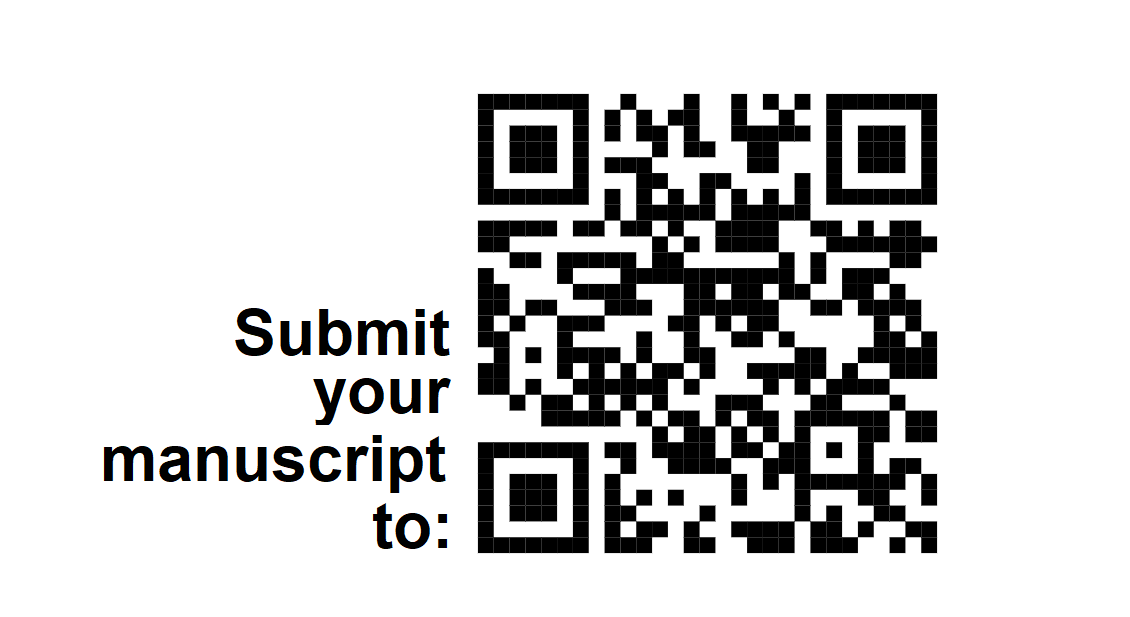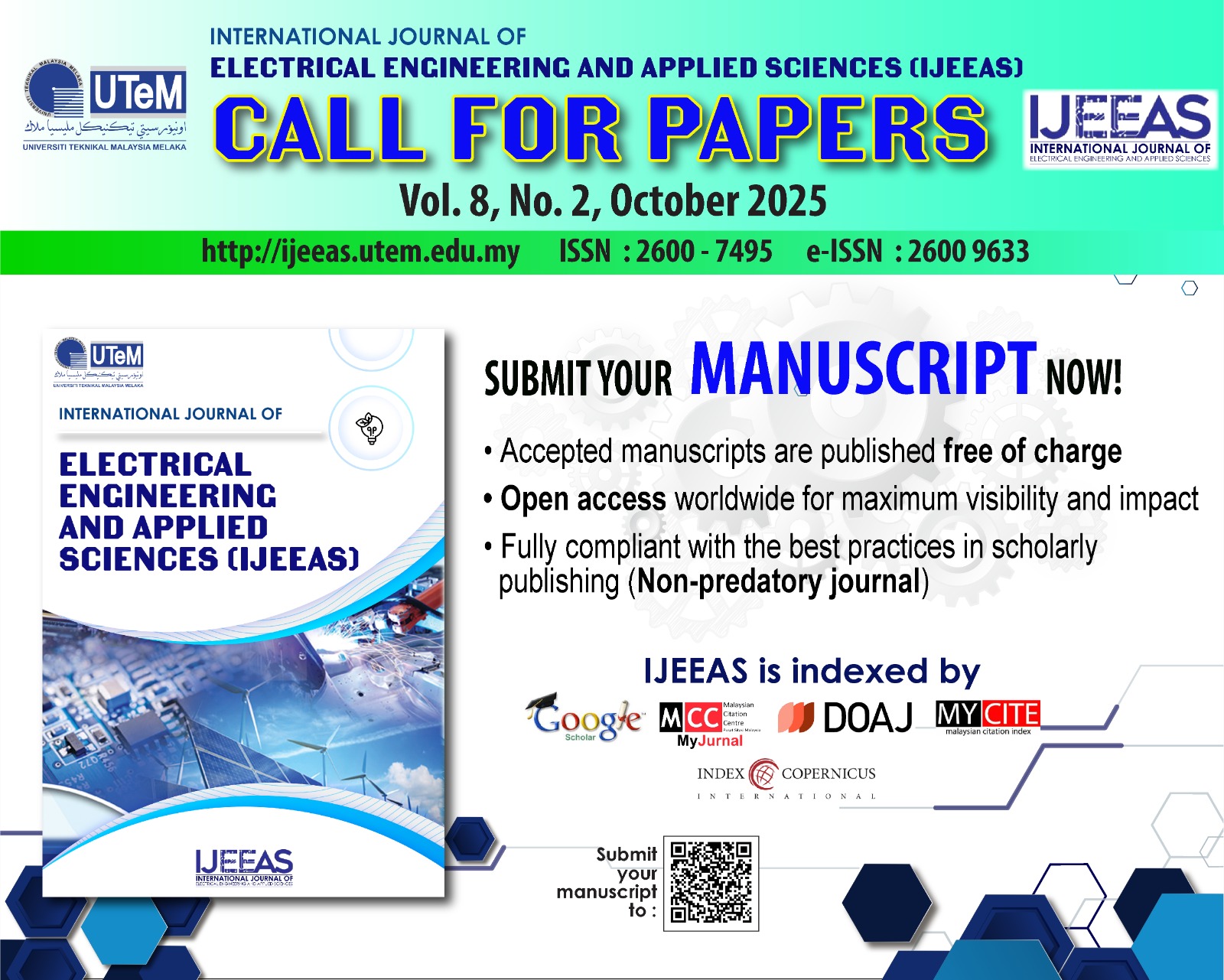Solar-Powered Peltier Thermoelectric Water Cooling and pH Monitoring
DOI:
https://doi.org/10.54554/ijeeas.2024.7.02.002Abstract
This project focuses on the development of a solar-powered system for water cooling and pH monitoring using Peltier thermoelectric technology, specifically tailored for hydroponic applications. The system aims to maintain optimal water temperature and pH levels, which are critical for plant growth in hydroponics—ideally keeping water temperature below 29°C and pH levels between 5.5 and 6.5. The system design involves the integration of solar panels, Peltier modules, and sensors to achieve the desired cooling and monitoring functions. Simulation and hardware testing were conducted to validate the system's performance. Results showed that the system effectively maintained water temperature below 29°C and pH levels between 5.5 and 6.5, indicating its potential to support optimal conditions for hydroponic systems, which could contribute to improved crop management and resource efficiency. This research highlights the feasibility of using solar power as a renewable energy source for agricultural applications and demonstrates its potential as a sustainable approach to enhancing farming practices.
Downloads
Downloads
Published
How to Cite
Issue
Section
License
Authors who publish with this journal agree to the following terms:
- Authors retain copyright and grant the journal right of first publication with the work simultaneously licensed under a Creative Commons Attribution License that allows others to share the work with an acknowledgement of the work's authorship and initial publication in this journal.
- Authors are able to enter into separate, additional contractual arrangements for the non-exclusive distribution of the journal's published version of the work (e.g., post it to an institutional repository or publish it in a book), with an acknowledgement of its initial publication in this journal.
- Authors are permitted and encouraged to post their work online (e.g., in institutional repositories or on their website) prior to and during the submission process, as it can lead to productive exchanges, as well as earlier and greater citation of published work (See The Effect of Open Access).







